

 Last week we intrepid #sciwriters seemed to be feeling a bit discouraged by lack of progress, but hopefully this week is looking a bit better. It could be that, come Saturday, we decided to put off writing this check-in post until we had something positive to report, or we could just be that far behind in our to-do lists. In any case, here’s our next-to-last update on February writing progress.
Last week we intrepid #sciwriters seemed to be feeling a bit discouraged by lack of progress, but hopefully this week is looking a bit better. It could be that, come Saturday, we decided to put off writing this check-in post until we had something positive to report, or we could just be that far behind in our to-do lists. In any case, here’s our next-to-last update on February writing progress.
In the hydrology realm, Anne is pleased to report that the two extended abstracts were submitted on Monday the 17th and they look great. Two posters arising from these abstracts have also been created and submitted. The posters are for the virtual workshop on laser spectrometers for field hydrology and biogeochemistry and will be available on Scribd by mid-week. The posters will be presented on Friday live on the internet, capping off what has been an informative and interesting experience in web-enabled science sharing. Anne says:
“Even though these abstracts and posters aren’t publications per se, I’m really happy to have worked so hard on them. One is about an educational grant that I’m leading, and making the poster has caused my team to pull together information about the project that will be useful later. It has also given me ideas for a possible publication this summer. Fortunately, I wouldn’t be the lead author on it. The other poster is work I’m doing with an undergraduate, which has been tremendously rewarding and is turning out to be a neat little dataset that we are excited to keep exploring. A paper will probably come out of this sooner or later too, depending on how ambitious we want to be in additional analyses. Fun stuff!”
All of Anne’s enthusing about the abstracts and posters is not meant to completely hide the very slow progress on the actual papers she was meant to be drafting this month. Those will be coming to the forefront this week and for the #sciwrite epilogue in March and beyond. At least this week Anne managed to sort out some of her figure woes.
Chris can report a week of steady progress:
Since it is the thing with an actual deadline, most of my writing time this week was spent working on an internal grant that will support a substantial rewrite of the Geophysics course I teach, before the next time it is offered. I want to develop some exercises that give my students opportunities to analyse real datasets, and code up a set of animations and interactive visualisation tools that show more intuitively how changes in subsurface structures affect the geophysical signals you see at the surface. I’m still relatively new to grant writing, but I think its coming together nicely – I’ll at least have something to report as finished at the end of February!
As for the New Zealand paper – there was some progress there, too, although I have a couple of niggling data processing issues to sort out before I can wrap up my results section and move onto the discussion in earnest. But just like with the grant, it is coming together, just more slowly.
Chris is currently vacillating between being disappointed that he is not going to finish February with a completed paper draft, and pleased that he’s got a long-shelved project moving in the right direction again. More on that next week.
In the meantime, let us know how you’re getting on. All progress is good progress!
![]()
![]()
![]()
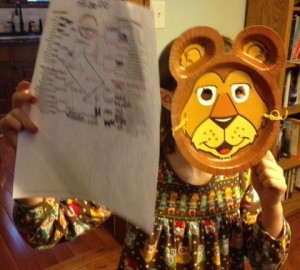
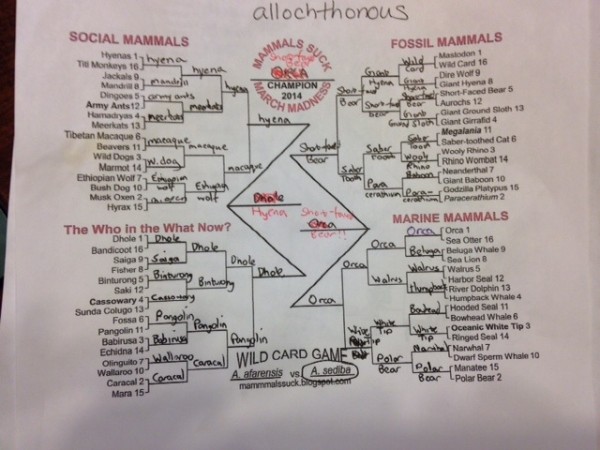
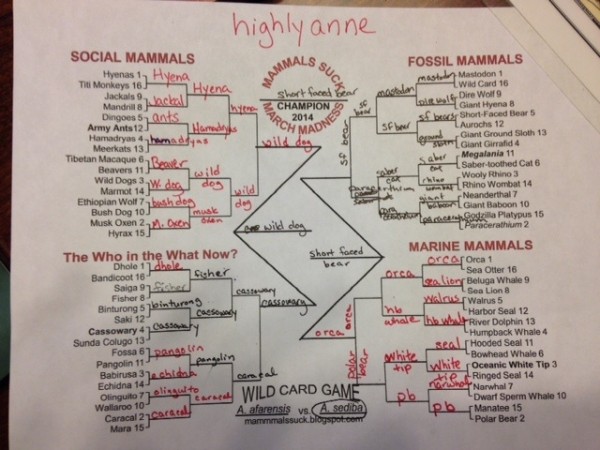



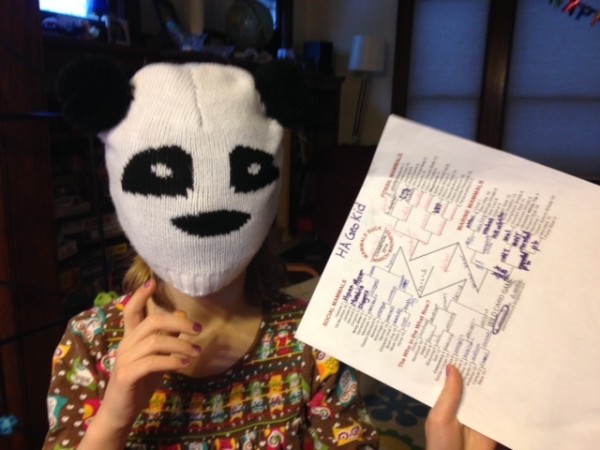
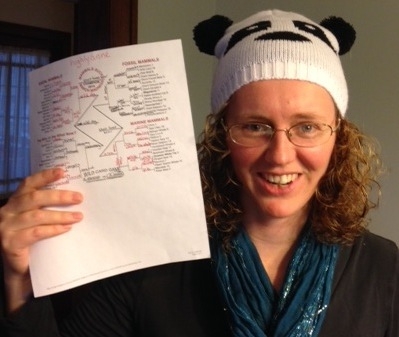

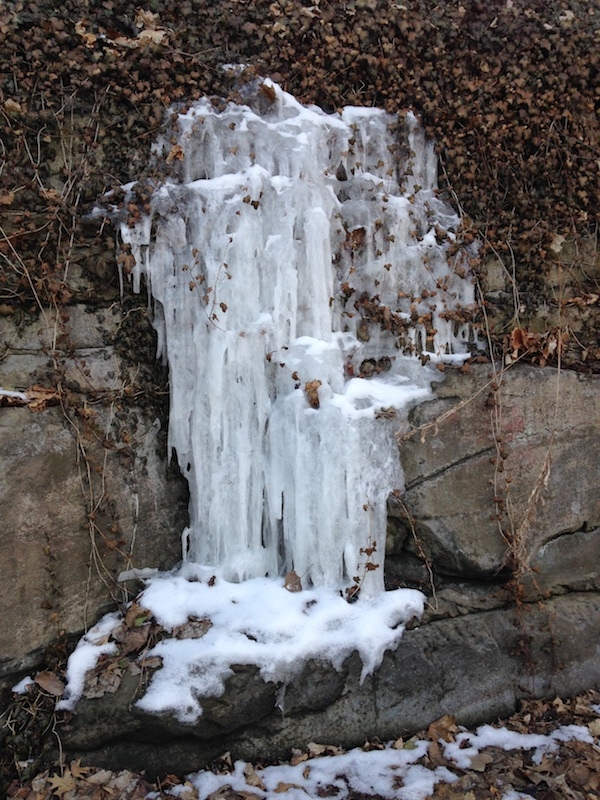


Nice plan for content warnings on Mastodon and the Fediverse. Now you need a Mastodon/Fediverse button on this blog.